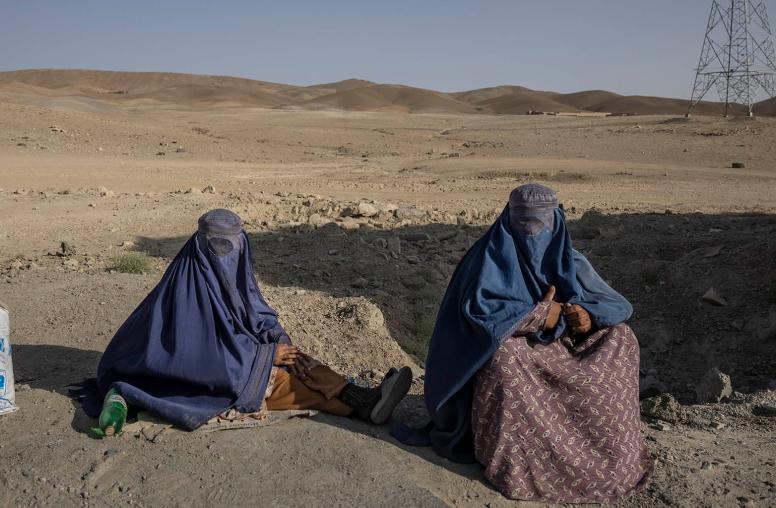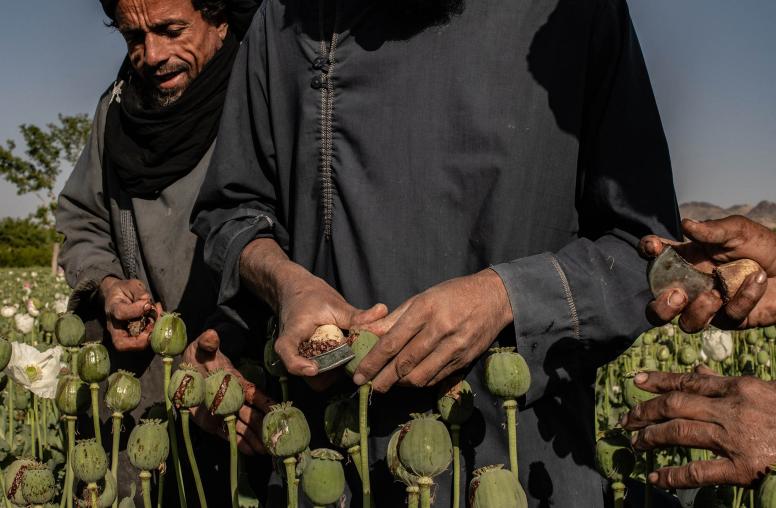Violence, the Taliban, and Afghanistan’s 2014 Elections
This report sheds light on the controversial 2014 presidential election in Afghanistan through the murky lens of the Taliban. How did they view it? Was the violence as high as in previous elections? What were their strategies in the lead-up? How did it affect their image, if at all? What strategies are they adopting in its wake? Are they moving closer to Afghan mainstream politics, which for the most part is still made of strongmen, manipulation, and corrupt patronage networks rather than based on liberal and democratic principles? Or is the mainstream moving closer to the Taliban, as far as the use of violence in the elections is concerned?
Summary
- Afghanistan’s presidential election of 2014, its first peaceful democratic transfer of power, was not without controversy.
- It is one thing to view an election in a conflict zone through the perspective of normal electoral practices and another to do so through the eyes of insurgents.
- The other first of the election—that the Taliban might support a presidential candidate—was seriously discussed and early on even seemed likely.
- How the Taliban ended up figuring into the electoral process and how it emerges from it derive in part from its having no accepted overall leadership, a loose federative structure, and three primary factions.
- The debate within the Taliban over its election strategy—violence or no violence—was an extension of the larger debate over whether to negotiate with the government, shows considerable sophistication, and reveals the different strategic calculations by its internal factions.
- The election proved a contest of narratives as well as a contest of votes.
- This dimension is clear from the Afghan media boycott on the Taliban, the equanimity with which the candidates minimized allegations of fraud, the Taliban’s need to recover from a propaganda defeat, and the international community’s desire for a good news story out of Afghanistan.
- In the wake of the election, the implications of Taliban organization, policy, and action for Afghanistan’s future are significant: deepened internal divisions, doubts about reform, greater pragmatism, and an eye to negotiations with the government.
- In sum, the Taliban may be moving closer to Afghan mainstream politics, even though it is still based on strongmen, manipulation, and patronage networks rather than on liberal and democratic principles.
- It is also true, however, that mainstream politics is becoming more violent and ruthless and in a sense is moving closer to the Taliban’s way of doing things.
About the Report
This report focuses on the debate within the Taliban over how to respond to the first and second rounds of Afghanistan’s 2014 presidential election, its first peaceful democratic transfer of power. Drawn on research undertaken in Afghanistan in May and June of 2014 and funded by the United States Institute of Peace (USIP), the report examines both insurgent activities and the role of non-Taliban actors in electoral violence. Interviewees included Taliban members, elders, local strongmen, and a Ministry of Interior official. The report is a follow-up to an earlier report, "The Taliban and the 2014 Elections in Afghanistan," released in April, 2014.
About the Authors
An independent researcher associated with King’s College London, Antonio Giustozzi has written extensively on the insurgency and issues of governance in Afghanistan and focuses in particular on the internal dynamics of the Taliban as an organization and as a movement. He is the author of four books on Afghanistan and, with Mohammed Ishaqzada, one edited volume—Policing Afghanistan (Columbia University Press, 2013). Giustozzi holds a PhD from the London School of Economics and Political Science. Silab Mangal is a journalist and researcher based in Kabul and has been involved in research projects with Dr. Giustozzi since 2011.



